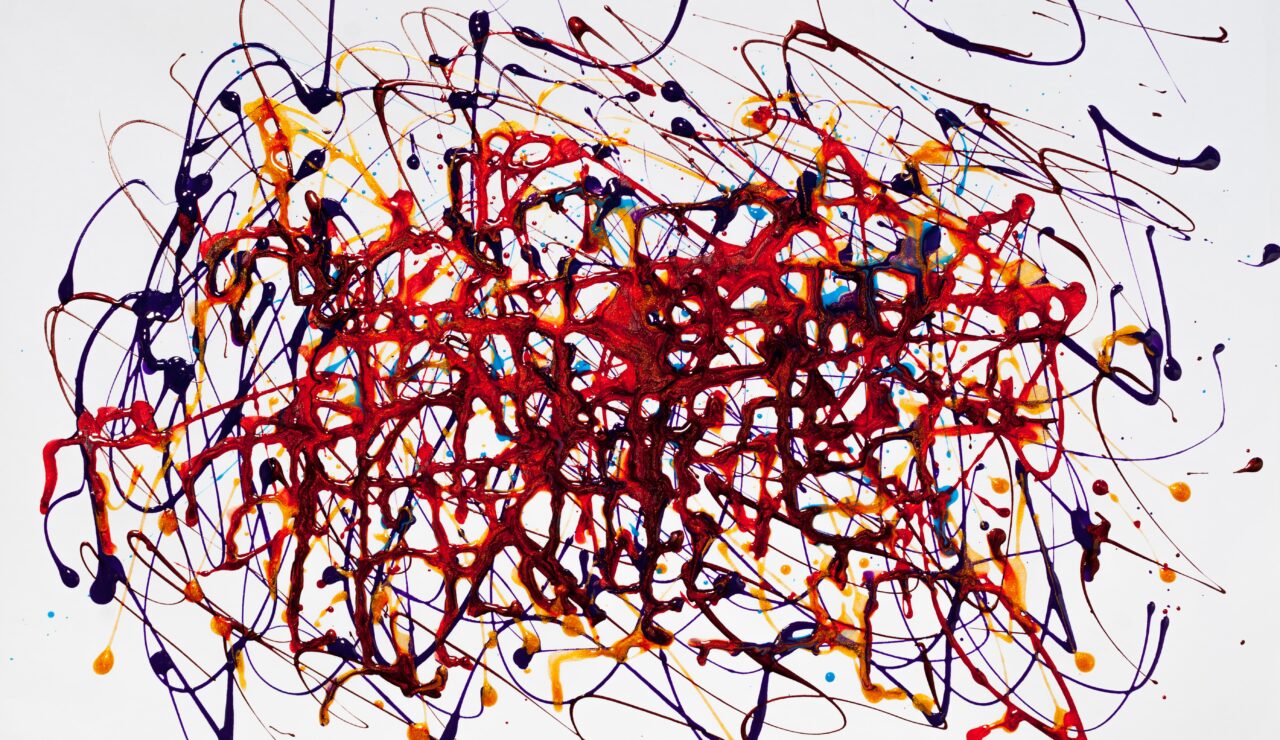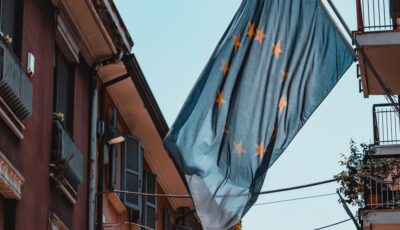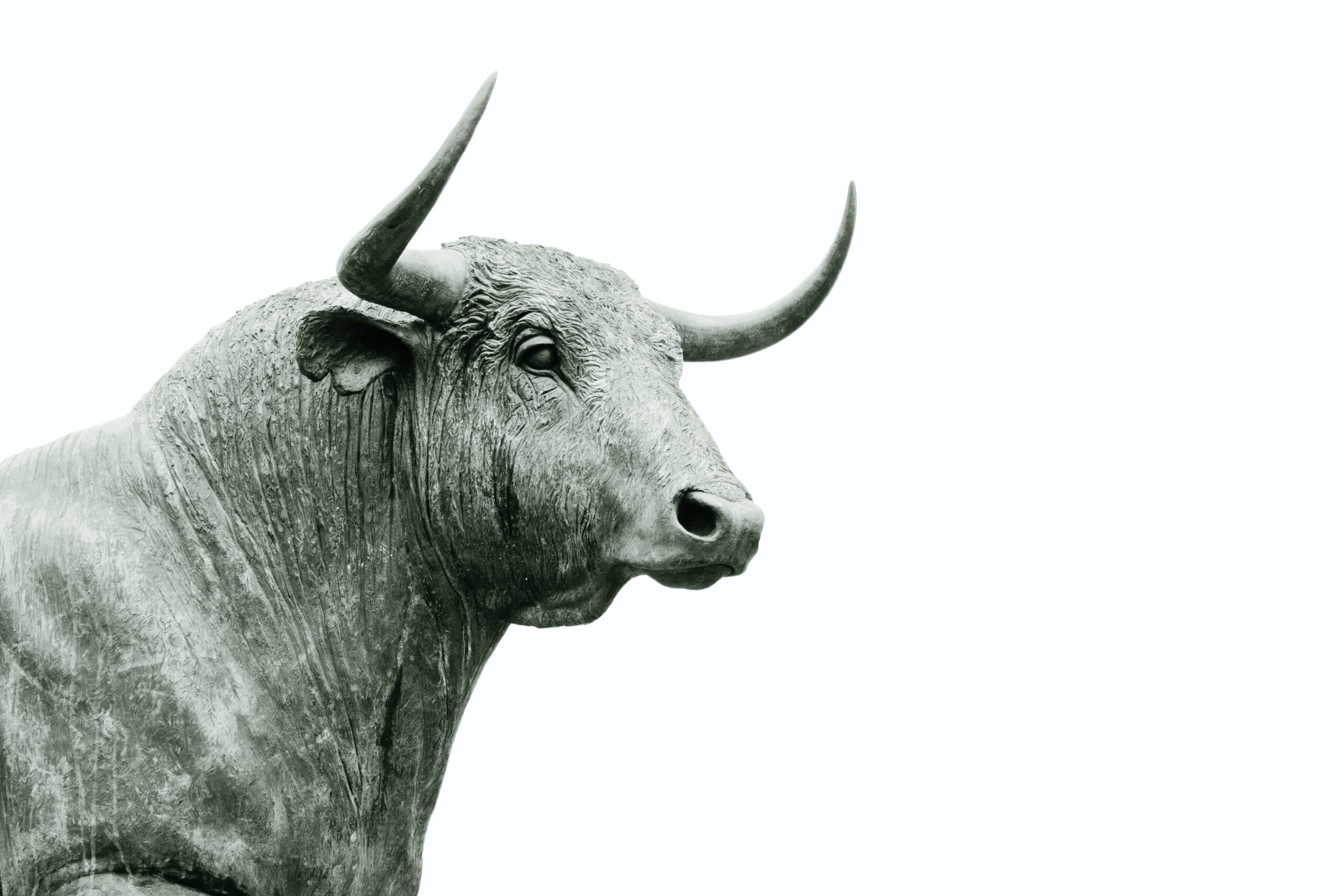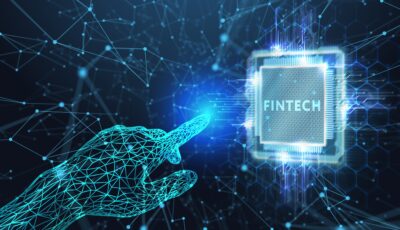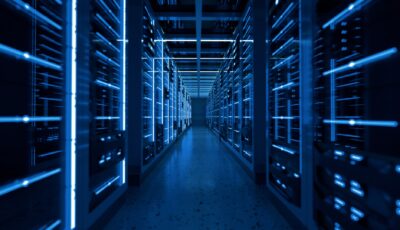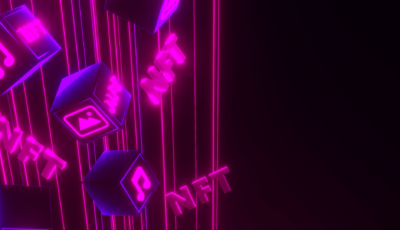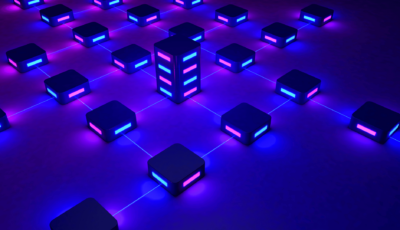NFTs’ noisy entrance on the art market
On 25.03.2021, an artwork created by the humanoid robot Sofia together with the digital artist Andrea Bonaceto was sold at auction for $ 688’888 in the form of a non-fungible token (“NFT”). Earlier in March, Christie’s sold, as an NFT, the collection of 5’000 digital artworks created by the digital artist Beeple for nearly $ 70 million.
Despite being recently in the spotlight, NFTs have been around for a while and even slowed down Ethereum’s blockchain in late 2017 because of the CryptoKitties craze.
The questions related to the artistic value of such creations and whether these massive investments are nothing else than a bubble or the birth of a new long-term way for artists to monetize their creations are both valid and interesting from artistic and economic standpoints. However, the present article only aims to examine legal considerations in relationship with NFT works.
What is an NFT?
An NFT is a unique cryptographic asset linked to a physical or digital work. It is blockchain-based and allows to certify the authenticity of the work linked to it.
They are “non-fungible” because of their – at least theoretical – unique characteristics. On the contrary, fungible things are traditionally defined as being easily replaced by an interchangeable item; the classic example being two liters of water which can replaced by two other liters without any difference for the owner of that water.
In short, an NFT is both a digital certificate of authenticity of the (digital) work it is linked to, which is stored in the blockchain, and a new option for creators to share new kinds of artworks.
Copyright and ownership
As for any contract related to a copyrighted object, the author and buyer may agree on the extent of the rights transferred. In any case, under Swiss law, some core elements of moral rights will always remain with the author of the work and cannot be transferred. Such moral elements are notably the right to be named as an author and the right to decide on the date and the manner of the work’s first publication.
With regards to NFTs, we must add a distinction between the NFT itself and the underlying work. While the underlying work is likely to be protected by copyright as digital or physical artwork, it is probable that the NFT itself will not be protected by copyright. Indeed, from a pragmatic perspective, an NFT is nothing else than a ledger and a link to the underlying work. As such, it should not fulfill the requirement of originality for a work to be protected by copyright under Swiss law.
If not provided otherwise, the author will retain ownership of the underlying work while the buyer will be granted ownership of the NFT. As such, the buyer will “only” be entitled to claim the NFT and to exclude others from doing so.
The consequence of this distinction between the ownership of the NFT and the copyright of the underlying work is that the owner of the NFT will not be automatically granted the right to reproduce, make derivative works of, perform, display or distribute copies of the underlying work.
However, the author and buyer might agree to transfer ownership of the underlying work with the transfer of an NFT. The recent auction of a drawing from Basquiat provides an example of a case in which the buyer is granted the choice to destroy the initial drawing, leaving the NFT as the only remaining form of Basquiat’s drawing. In any case, and as for traditional copyright transfer under Swiss law, the core moral rights of the work must be preserved.
Finally, an NFT is nothing more than a digital receipt of ownership of a given version of the underlying work, and as for any type of ownership, its extent can be negotiated.
Licensing NFTs
As of today, the easiest way to resolve IP issues related to NFTs is to create and distribute an NFT license. Such an approach was for instance taken by CryptoKitties and NBA Top Shot and ensures that the distinction between purchasing copyright or purchasing a right to use an object, in other words, a license, is clearly communicated to the buyers.
The NBA Top Shot and CryptoKitties platforms are the two most used decentralized applications globally and account for an impressive $ 540M in sales ($500M for NBA Top Shot and $40M for CryptoKitties). Both platforms offer examples of license agreements enabling users to buy NFT related to respectively digital cards of NBA’s best moments and (obviously) digital cats.
Both platforms are powered by Dapper Labs, which created an open-source license agreement in connection with the use of the ERC-721 standard for NFT. The agreement includes the following principles:
- Ownership: The buyer agrees that the creator of the NFT will own all legal rights in connection with the NFT and that only the rights expressly listed in the license agreement are transferred to the buyer.
- License: The buyer is granted a worldwide, non-exclusive, non-transferable license to use, copy, or display the underlying object for his/her personal use or for commercial use provided that such commercial use does not result in the buyer earning more than $ 100’000 per year. If the earnings exceed this amount, the buyer must contact the creator to request a broader license agreement or an exception to its limitation.
- Restrictions: The buyer is also forbidden to modify the underlying work in any way or to use, advertise, or sell third-party objects without the creator’s consent.
The CryptoKitties Terms detail the above principles but keep the $100’000 exception. At the same time, the NBA Top Shot platform is more restrictive and only grants a license for personal use while forbidding any commercial use without the platform’s consent.
These are only examples, and it is also possible to grant exclusive licenses. For instance, Daniel Arsham, a New-York based artist, recently released as an NFT a digital sculpture that evolves over time and depending on the weather. This sculpture was issued as an exclusive work and will be followed by nine other similar works. Even though the concrete terms of the license agreement are not made public, it illustrates the possibility to create and sell exclusive NFTs much like singular physical artworks.
Generally speaking, the critical point for both buyers and creators is to ensure that the scope of their respective rights is clearly defined and that a mechanism allowing the payment of potential royalties is agreed upon. As we saw, a license agreement serves this purpose and could be part of the platform’s terms. A smart contract using some specific token standard may be an alternative solution. Indeed, the ERC-1190 standard is designed to be an NFT for the payment of royalties and will enable the creator of the underlying work to benefit from each use of the underlying work automatically and receive the respective royalties. Without entering technical details, the ERC-1190 allows the creator to keep the creative license while selling the ownership license of the work and therefore remain entitled to a percentage of each gain made by the holder of the ownership license, be it by selling or renting the underlying work.
NFTs’ other legal implications and future
Numerous legal questions in relationship with NFTs will have to be answered, and those are not only related to intellectual property. Indeed, as with each new technology, issues related to consumer protection will arise as the consumer must understand the rights linked to the purchased NFT. Tax considerations, both from an income tax and a VAT perspective, will also have to be considered. These are all points that must be carefully researched and addressed in an NFT license agreement.
Besides, the use of NFT could also contribute to safer intellectual property in the future. Indeed, IBM, partnering with IPwe, announced their intention to start representing valuable patents as NFTs. This should enable a more accessible and safer sale of patents and create new possibilities concerning fractionalizing patent ownership and licensing. According to the IPwe founder, such solutions could unlock a $1 trillion market for innovators, investors, and even SMEs.
